As our world becomes increasingly interconnected, it seems that hardly anything can escape the public eye. Yet, in the far-flung corners of our planet and sometimes right under our noses, a quieter crisis is unfolding. Unassumingly important creatures are on the brink of extinction, and their disappearance could leave gaping holes in the intricate web of life. These unsung heroes of biodiversity are sending an SOS we can't afford to ignore, and it's time we tuned in to their frequency.
Majestic Molluscs: The Unexpectedly Essential
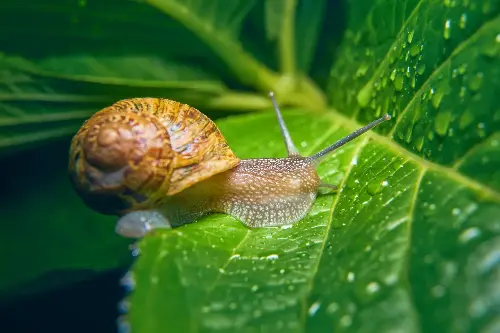
When we think of endangered species, our minds often leap to charismatic megafauna like tigers and rhinos. However, molluscs, a group far less conspicuous, have species like the Hawaiian tree snails that are on the precipice of vanishing forever. Once abundant across the Hawaiian Islands, these tiny architects of the forest play a vital role in maintaining the delicate ecological balance, helping to decompose waste and recycle nutrients. Sadly, rampant habitat destruction and the introduction of predatory snails have brought many species, like the Achatinella apexfulva, to extinction, with others teetering on the edge.
The Power of Pollinators: Bees Beyond the Hive
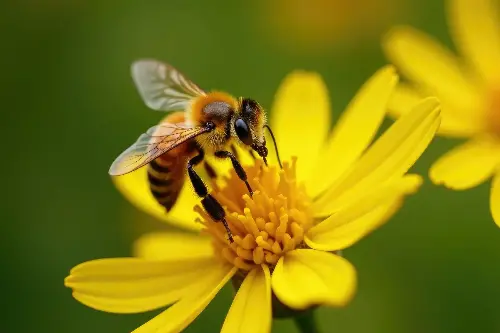
Beyond the better-known honeybees, other bee species play a crucial role as pollinators. The Rusty patched bumblebee, for example, was once widespread across the United States but has now disappeared from 87% of its historic range. The use of pesticides, disease, and climate change compound its dramatic decline. The loss of such pollinators would not only herald a death knell for many plants but would also jeopardize global food security, as they are critical for the pollination of crops we rely upon.
Whispers in the Water: Freshwater Giants in Peril
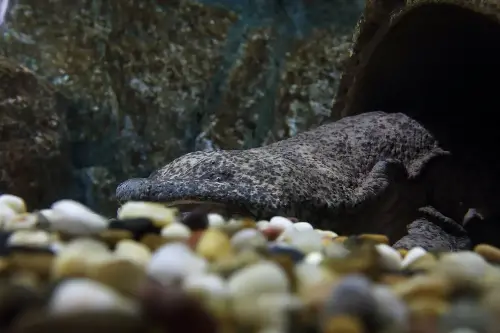
Freshwater ecosystems are incredibly rich in biodiversity, yet they are among the most threatened habitats. This danger extends to astonishing species like the Chinese Giant Salamander, which has seen an over 80% population decline in recent decades. The world's largest amphibian, reaching lengths of up to 1.8 metres, is hunted for food and traditional medicine. The loss of such species results in a ripple effect throughout their ecosystem, affecting the survival of other organisms as well.
Lords of the Marine: The Vanishing Vaquita
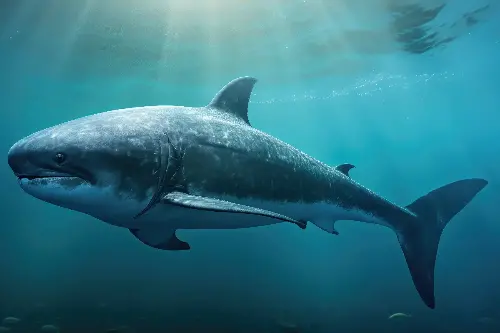
Marine animals also face a dire situation. The vaquita, a small porpoise found only in the Gulf of California, has fewer than 20 individuals remaining. Caught as bycatch in illegal gillnets intended for another endangered species, the totoaba fish, its imminent extinction is a stark reminder of how interconnected and fragile marine ecosystems are. With so few remaining, the vaquita's disappearance may seem inevitable, but the powerful reasons for saving them go beyond their ecological role – every species lost dims the richness of nature and our own human heritage.
Flightless Wonders: Birds on the Boundary
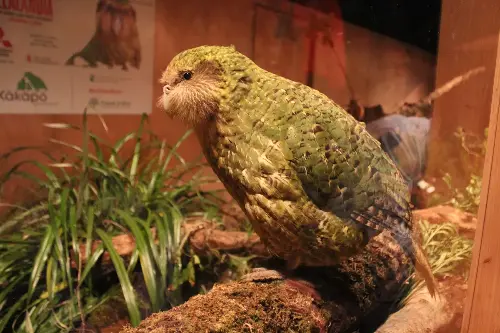
The plight of our feathered friends extends to less well-known species, too, like New Zealand's critically endangered Kakapo. A large, flightless parrot, the Kakapo is a symbol of the unique avian life that evolved on isolated island ecosystems. With just over 200 individuals left, primarily due to invasive species and habitat loss, intensive conservation efforts including predator control and hand-rearing chicks are in place to save these nocturnal wonders. Their recovery is a beacon of hope, shining a light on what can be achieved with concerted human effort.
Now Is the Time for Action
This silent struggle happening around us is a clarion call for action. Preventing the extinction of these often-overlooked species is not just an act of ecological preservation; it's a measure of our own commitment to the future of our planet.
Powerful Reasons to Heed the Call
By acknowledging the intrinsic value of every creature, no matter their size or fame, we make a powerful statement about our priorities. Each species lost is like a word forgotten from a language – erasing stories, history, and potential discoveries from our collective lexicon.
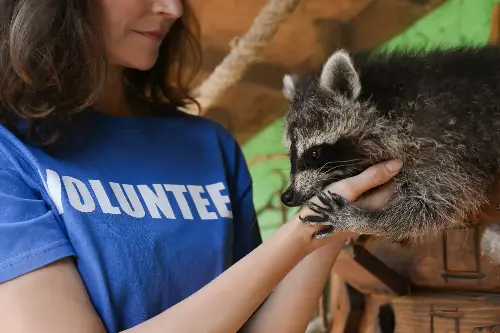
The Ripple Effect of Conservation
Saving these species is also about protecting ourselves. The services they provide, like pollination, pest control, and nutrient cycling, are often taken for granted until they're on the verge of collapse. Their preservation isn't just about aesthetics or preserving the 'web of life'; it's also a strategic step to maintain the systems that we rely on for food, medicine, and the overall health of our environment.
Engage and Ignite Change
Information is power, and spreading the word is a crucial first step. Support and involvement in conservation efforts, whether through volunteering, donations, or policy advocacy, can ignite real change. Conservation is not just a practice; it's a mindset that underscores the interconnectedness of all life.
In conclusion, the unnoticed crisis of these quietly fading species is a call to action that we must answer. As stewards of our Earth, we have the power and the responsibility to safeguard the legacy of biodiversity for future generations. It starts with recognising the importance of each creature in the kaleidoscope of life and ends with the collective effort to ensure their survival. Acting now to protect them is not only an investment in the natural world but also an investment in the sustainability of our own species. Quelling this silent SOS is perhaps one of the most meaningful battles we can fight in the arena of conservation.
